Phoenix Point Review
Phoenix Point Review
Snapshot Games has created one of the finest strategy games in quite some time

Verdict
Phoenix point is a little rough around the edges, but if you manage to look past its bugs you'll be treated to one of the most nuanced and entertaining turn-based strategy games to arrive in quite some time.
Pros
- Great story
- Wonderfully intricate combat
- Amazing level of detail in gameplay mechanics
Cons
- It's very buggy
Key Specifications
- Review Price: £35.99
- Developer: Snapshot Games
- Genre: Strategy
- Release Date: December 3, 2019
- Platforms: PC
If you’re a fan of the iconic XCOM franchise, Phoenix Point has likely been top of your games or Christmas wish list for quite some time.
Developed by a team at Snapshot Studios with Julian Gollop – the father of the original XCOM games – as lead designer, Phoenix Point has been described and marketed as the “spiritual successor” to XCOM and generated quite a lot of hype over the last year.
Having finally gotten my hands on the game, and played/failed my way through three story campaign attempts, I can safely say that this is a modest description of the game. Make no mistake, if you like XCOM then you’re going to love Phoenix Point, even though its current state is buggier than an ant hill.
Related: Best strategy games
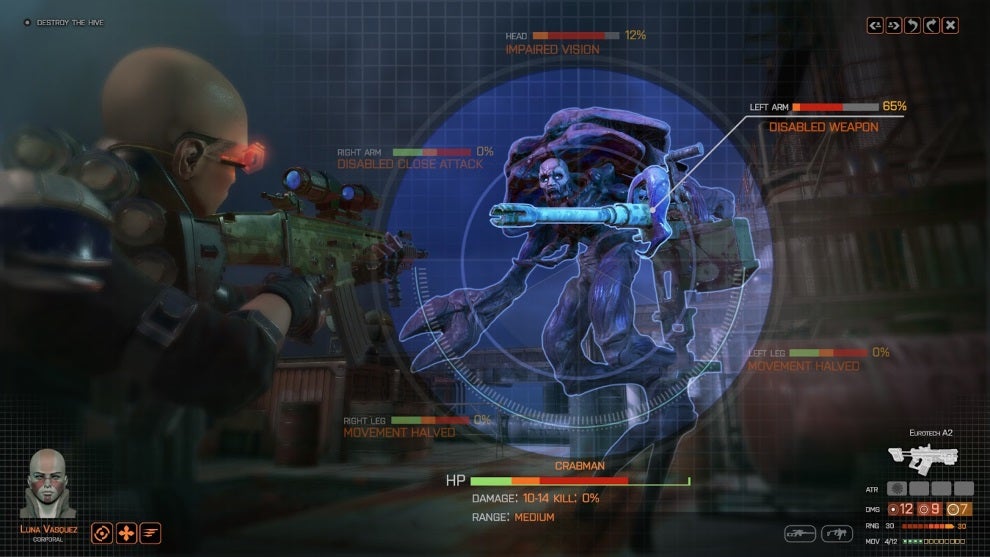
Phoenix Point is distinctly XCOM to start
Powering up the game, everything will feel immediately familiar to XCOM fans. Click the new game button and you’ll see a cutscene that’s pretty much scene-for-scene identical to the openings of past XCOM games, and for good reason.
You’re taking control of the Phoenix Project, a clandestine military force that was founded after the Second World War to protect humanity. You take the reins just after it has reactivated to take on a new threat, the Pandoravirus – a weird pathogen that can mutate any life form it touches into hostile alien life forms – which has already decimated civilisation as we know it.
Sound familiar? It should, if you swapped Phoenix Project for XCOM and Pandoravirus for Aliens the plot would be identical to Enemy Unknown. This familiarity continues when you jump into the game tutorial. From here you take control of a group of soldiers, which are grouped into the Standard, Assault, Heavy and Sniper classes you’ll find in pretty much every turn-based strategy game, and be tasked to go toe-to-toe with a bunch of Pandoravirus mutants.
Combat and movement is all suitably intuitive and matches the tropes of the genre. Each soldier has a certain number of action and willpower points that you can spend to move them, shoot enemies, throw grenades and use special abilities – which are pretty cool and involve things like jetpack jumps and custom war cries. Once spent the enemies then get their turn and the cycle begins again.
Related: Best PS4 Games
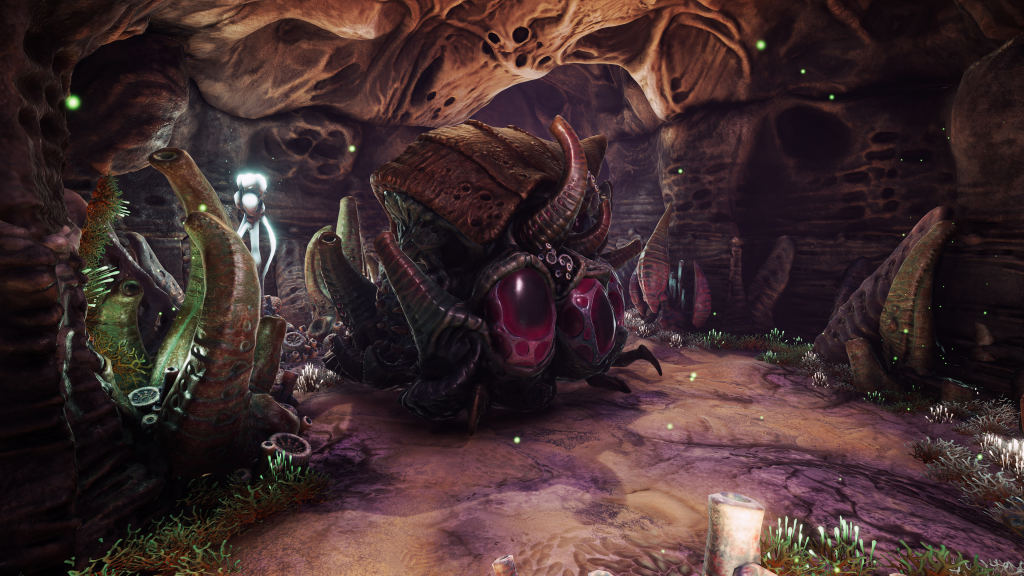
The only differences are minor tweaks, like the ability to manually aim and target specific parts of enemies, which have different armour ratings and weaknesses, and take down whole structures across the procedurally generated maps, granting an advantage over enemies if you blow through terrain and open up an essential avenue of fire.
Upon finishing the tutorial, things retain a familiar feel as you’re introduced to the game’s base building and resource management mechanics. Each base is split into blocks where you can spend resources to build things like labs, living quarters and power generators. Each facility comes with its own benefits – labs speed up research, living quarters raise the max number of soldiers you can have on staff, and so on.
Research and soldier development are also near identical. Research projects let you do things like dissecting fallen aliens to unlock new weapon types – of which there are many – and squad development lets you unlock new abilities and customise soldiers appearance as they level up mission-to-mission.
The only real difference is the addition of exploration elements in the global map (known as the Geoscape in-game). Unlike X-COM, where missions just appear randomly on a world map, in Phoenix Point you have to explore the area by scanning the map and then manually flying a group of soldiers to any location you find and want to visit. The exact nature of each location isn’t revealed until you get there, so each time there’s an element of risk – sometimes you’ll find a ruin full of useful tech, other times you’ll be ambushed by enemies, if you’re really lucky you’ll find an abandoned Project outpost you can reclaim.
Related: Cyberpunk 2077
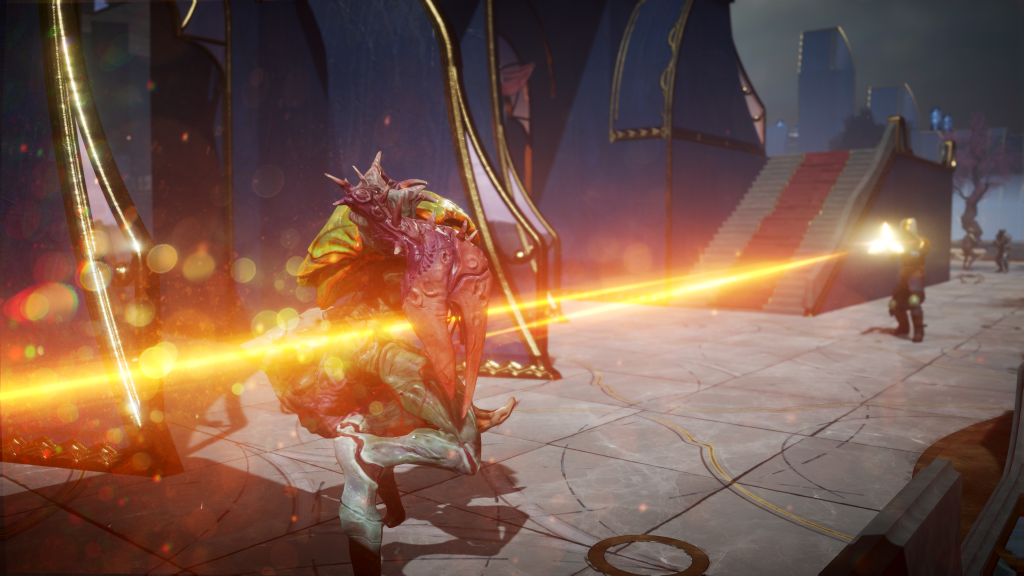
But it gets so much better
So far, so familiar. But as I played through the game I found minor changes that have been made to the XCOM formula begin to add up and make for a very different experience. This becomes clear after spending a few hours exploring the world, meeting each of the main human factions that dominate the game’s story. Phoenix Point’s broken world is controlled by three main human factions: New Jericho, the Disciples of Anu and the Synedrion. Each one falls into a standard sci-fi archetype.
New Jericho are the game’s purist Starship troopers. Setup and run by an autocratic arms-dealing billionaire they, initially, are the simplest to understand; they want to eradicate all alien life and “reclaim” the world for humanity. Next up you have the body-modding Disciples of Anu. These guys are a weird cult run by a charismatic leader that wants to “perfect” human biology using the virus. Finally, Synedrion is a technologically advanced society that’s ran as a radical free thinking collective. It’s only goal is to build a better world “where everyone is equal” out of the old order’s ashes.
How you interact with each faction is a nuanced affair that has huge implications on how your campaign will develop. The three factions bounce off each other and have, at times, competing interests. Help the Disciples examine some alien biology to mod themselves and New Jericho’s going to pull a frowny face, for example. Annoying a faction doesn’t just lead to decreased trade, or mean you’ll only get to see one part of the story – it’ll also directly affect what missions you take, which soldiers you can recruit and what type of tech you can develop.
Each faction has different weapons armour, soldier types and special ability trees. They also act as trade posts where you can swap resources and recruit new soldiers. The latter point is particularly important as there’s no other way to bolster your ranks.
Related: Everything we know about PS5
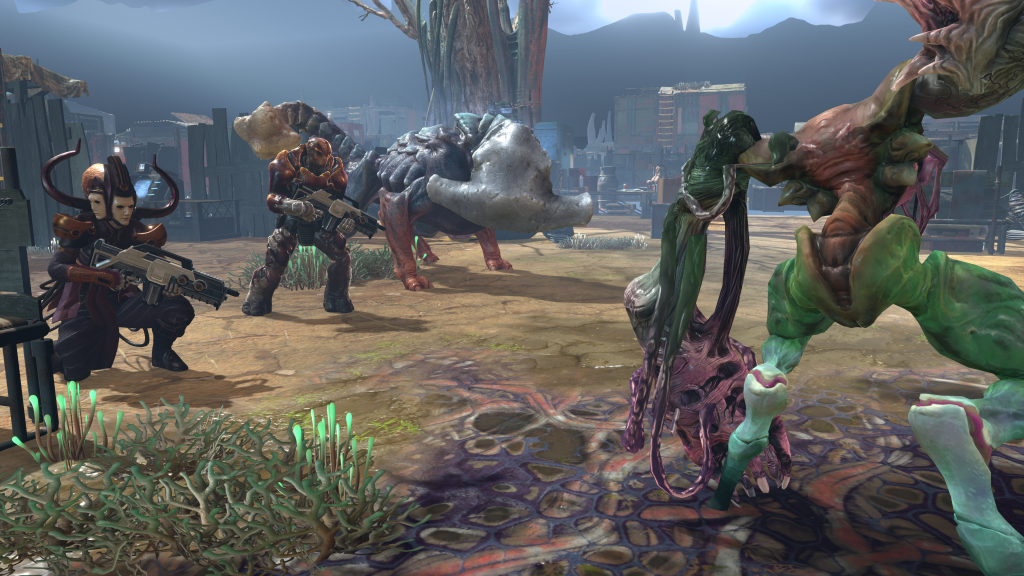
Taking in new soldiers lets you commence new research projects that reverse engineer their weapons and armour. Because of this, you’ll find yourself thinking about which faction you piss off and building protective inclinations for certain faction’s outposts. If one has a tendency to produce solid soldiers or an excess of a resources you regularly need to trade for then you’ll instinctively want to protect it. If you properly fall out with one faction the only way you’ll be able to get their tech is to raid one of their outposts, which is basically an act of war and will lead to a swift, and often violent, response.
Making friends with one faction will always impact how the other reacts to you and if you form a formal alliance the entire dynamic of the game will change as the other factions react. Further pushing one will also lead to new “diplomatic” missions, which in my experience are way more interesting than the standard “kill everything”, protect-this-thing XCOM objectives that you find in most turn-based strategy games.
These are missions that see you covertly sneak into a rival faction’s base to do things like assassinate a local leader or sabotage its research efforts. Not giving away any spoilers but the vast array of objectives on offer is a breath of fresh air that makes the game feel significantly more varied. I’m also a big fan of the ability to embrace the Project’s clandestine roots and become a nefarious, machiavellian organisation, rather than a dull white knight.
The underhand requests and battle for dominance between the three factions gives the entire game a darker, more compelling feel than XCOM’s — let’s be honest even in XCOM 2: War of the Chosen, the story was still very black and white.
Related: PS5 vs Xbox 2
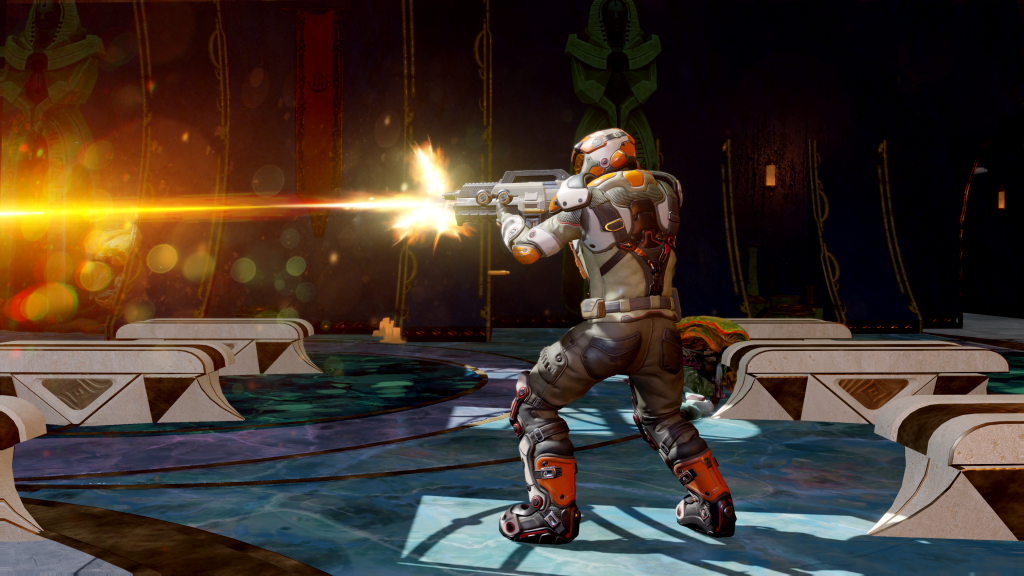
The stellar narrative is also a little more nuanced, giving you an incentive to replay the game to see what developments and characters you’ll find buddying up with different factions. Whichever side you ally with, if any, you’ll find a pleasingly deep plot underlying their motives and actions, which often fall into morally grey areas and get a very different ending if you complete the campaign. The small changes to gameplay also become more and more noticeable as the Phoenix point’s campaign progresses.
For example, the ability to free aim and target specific parts of an enemy feels like a novel, but slightly unimportant detail, at first. But after you discover your first boss fight, it becomes an invaluable tool. Boss fights are a nifty addition that see you and your squad take on giant behemoth monsters that look like they came straight out of HR Geiger’s night terrors.
The bosses have a variety of attacks and abilities that are tied to specific parts of their body. Once you learn their patterns picking which order and parts you need to disable is an essential skill that adds a welcome added level of variety to the game’s dynamics. Be warned though, they’re tough as hell and I’m yet to do one without some serious squad casualties.
The level of variety is further aided by the enemies’ “evolution” mechanic. All the creatures you face are procedurally generated. As you progress the game will actively try and tweak which parts it uses to match/hamper your playstyle. The choices you make also impact the types of foes you’ll face. This means you’ll constantly find yourself in unexpected situations where your tried and tested tactics are no longer effective, as a new combination has appeared. This is frustrating and invigorating in equal measure.
Exploration mechanics also switch things up. This is because, every time you leave homebase you have to pick which soldiers you want to bring with you. There’s no way to switch them out on the fly. As well as informing how you organise the team, the mechanic informs how you build your bases.
Related: Elden Ring
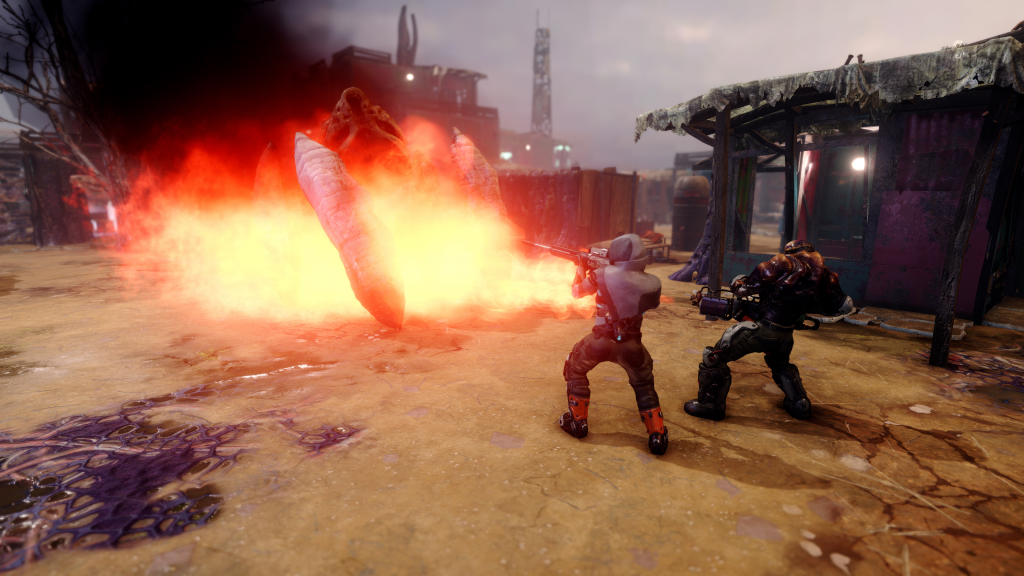
Unlike XCOM you don’t have a shared pool of soldiers. If they’re not in a plane they are stuck in a specific base. There’s also no fast movement, so if you want to switch which soldier is in which base, you have to fly them over yourself. This sounds insignificant, but with the game’s added stamina and health mechanics it forces a level of management you won’t find in XCOM.
Soldiers only heal at a decent rate when they’re in a base, and even then the process is fairly slow. Even if they’re not healthy, every mission you take them on without rest drains their stamina gauge, which when low heavily impacts their performance. So if they get wounded or tired you have to go back and swap out your wounded for healthy troops.
This means you have to strategically litter your troops over your network of bases or risk running into a rock and a hard place situation, as I did on my first campaign attempt. Here, I found myself tasked to get to the other end of the map to complete a time sensitive rescue mission, but with a team full of wounded soldiers in-flight.
These may sound like small details, but they add up to make the game feel significantly more immersive than competing turn-based strategy games.
Related: Best PC games
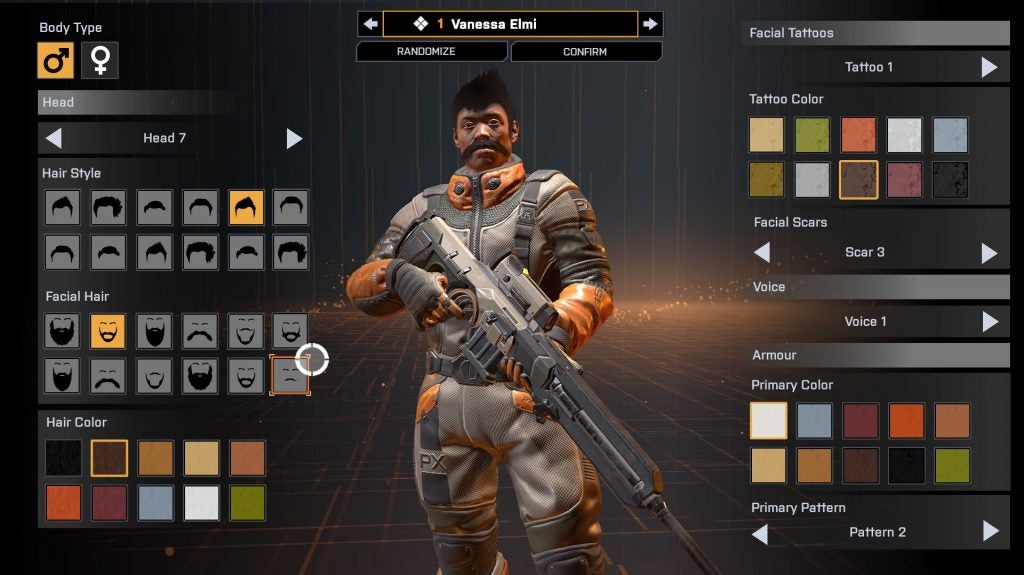
The Pandoravirus isn’t the only bug you have to worry about
All sound great? Generally it is, but the superb intricacy of the game’s systems are a double edged sword that makes the broken, buggy parts all the more noticeable. From the get go it’s clear Phoenix Point has been developed with love, and a shoestring budget. This is evident in the number of odd bugs you’ll encounter.
It took me four attempts to complete the tutorial because clicking on any action or menu other than the one it instructed me to would break the system and make the game refuse to let me progress to the next stage of the lesson, even if I followed the commands afterwards.
The controller support also feels a little broken and on more than one occasion the Xbox pad would stop recognising my commands mid-game. Being fair, I only moved from my mouse and keyboard to see how intuitive the controller inputs were, and I can’t see many people playing the whole campaign on a gamepad. But the sheer number of small bugs like this quickly add up and can become a serious frustration. There’s nothing more annoying than getting halfway through a mission only to find a serious bug blocking your path, or a crash forcing you to restart it.
Should you buy Phoenix Point?
If you like XCOM then you’ll love Phoenix Point. For the first few hours it feels very much like a re-skinned XCOM rather than a “spiritual successor”. But as you play it the wealth of small tweaks and improvements Snapshot Studios has made begin to shine through. This plus the ridiculous amount of attention to detail the writers have given the game’s plot, which at first glance is fairly by the numbers Sci-Fi, make it one of the most compelling turn-based strategy games on the market and a thoroughly fun play, if you can put up with the bugs.


